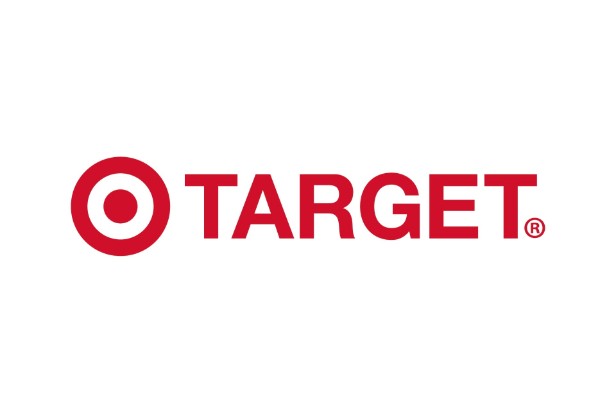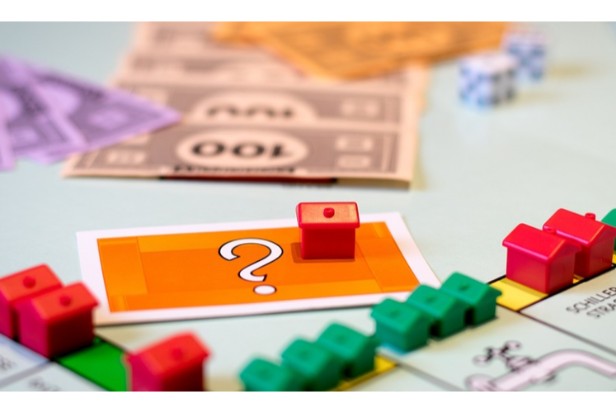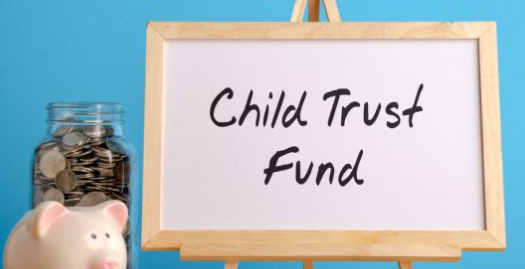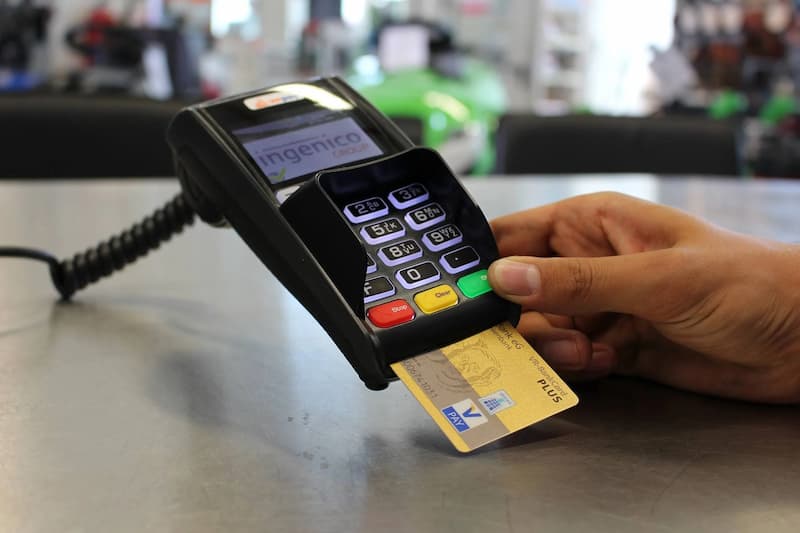
Talking about the subject: what is swiping scamming?
Card swiping scamming is a common way that thieves steal your card information. This takes place when you swipe your debit card or credit card through a skimming device, which records the information from your card.
These are typically connected to a legitimate card reader at an ATM, gas station, or point-of-sale terminal. To cancel your card and request a new one if you think your credit card information has been stolen, get in touch with your card issuer.
Let’s read on.
Table of Contents
What Does “Swiping Scamming” Mean?
When equipment that is illegitimately installed on ATMs, point-of-sale terminals, or gas pumps captures data from a debit card or credit card or otherwise records the information from a card, it is referred to as swiping scamming, also known as skimming. The thieves then use this information to steal from the victims’ bank accounts, make fraudulent cards in their names, or sell their information.
Skimming can occur at any reader where you swipe your card, though it is most common at ATMs, gas stations, and point-of-sale terminals. Skimming devices can be fitted over the actual card reader or connected to the card reader’s internal wiring. Additionally, the slot where you swipe your card may have a skimming device inserted.
Example Of Swiping Scamming
A customer observed the cashier swipe his credit card twice after handing it to her behind the counter. The second time, she swiped the card through “a palm pilot with a credit card skimmer attached to it,” explains Howard Safir, chief of police for New York City. “The gadget has a storage capacity of thousands of credit card numbers.”
Following the employee’s arrest, Bloomingdale’s and other retailers were faced with the newest tool in the fight against credit card security.
Bloomingdale’s Senior Vice President Anne Keating says the store has fought scams with “electronic computers that actually have done away with a lot of the paper receipts, as well as a paper receipt given to the customer that doesn’t have the entire number.”
As if you needed another reason to be anxious as the biggest shopping day of the year draws near, consider this: Your credit cards are now more susceptible to fraud than ever. Estimated yearly losses, which are primarily driven by electronic fraud, are in the billions.
“This is really kind of a race between credit card companies and the criminal element,” thinks Keith Slotter, chief of the Meriden, Connecticut-based FBI’s White Collar Crime Squad “On the one hand, creditors are doing their best to put safeguards on these cards, and on the other hand, fraudsters are doing everything in their power to get around these safeguards, expose them, and commit fraud.”
Common Credit Card Scams And How To Avoid
The Charity Scam
People’s compassionate natures are brutally violated by this credit card scam.
Scammers start calling or emailing people and pleading with them to make donations in the immediate aftermath of a disaster like a hurricane, flood, or wildfire. The Salvation Army or the Red Cross are two examples of reputable charities they frequently claim to represent.
It can be challenging to refuse when a “charity worker” calls with a thorough, depressing request for assistance. Additionally, to compel people to quickly divulge their credit card numbers, the requests for money are frequently made to appear urgent.
How to avoid the charity scam
Don’t give your credit card details to someone who calls you asking for a donation, even if they seem legitimate. Take notes on any information they give you before courteously hanging up. Use quotation marks to search the web for the phone number and enter it in the search box. You’ll frequently discover that the phone number that called you has a history of being a scam caller. Donate directly through the charity’s website if it is a real organization and you want to help.
The Interest Rate Scam
This traditional robocall fraud is well known to millions of people. When you pick up the phone, which is frequently an unknown call, a recorded message informs you that you are qualified to negotiate significantly lower interest rates on your credit card balances. The message makes the bold claim that it has insider access to credit card companies and can negotiate on your behalf to have your payments reduced by thousands of dollars. There are no such connections; the whole thing is a ruse to get you to divulge your credit card details.
You will be directed to a live operator if your interest is high enough to keep listening. The “helpful” representative will quickly probe you with personal questions in an effort to gather your credit card and personal information.
A slightly more reliable, though still pricey, variation of this scheme has the caller successfully negotiate a lower rate with your credit card company in exchange for hundreds or even thousands of dollars from you. The issue is that they aren’t providing any services that you couldn’t provide on your own for nothing. Your ability to negotiate a lower interest rate with the credit card company is equal to that of a third party. Your issuer might let you move your balance to a card with a lower APR.
Your best bet is to handle it yourself for nothing if you want to lower the interest rate you’re paying on your credit card purchases. Ask for a discounted rate when you call the customer service number listed on the back of your credit card.”
Federal Trade Commission
How to avoid the interest rate scam
Speak with the card issuer directly if you want to reduce your credit card interest rate. Asking is harmless, even if they decline.
If a robocall claiming to be from a company offering to lower your rates or with any other offer that seems too good to be true, just hang up. Never divulge or confirm sensitive information to a caller you didn’t expect. Put your phone number on the National Do Not Call Registry to decrease sales calls, and remember that reputable companies follow the registry while scammers do not.
The Overcharge Scam
As fewer transactions are made in cash and more shopping is done online, this credit card scam is spreading. You get a call or text informing you that a recent purchase has resulted in an overcharge to your credit card. The issue is that it’s untrue, which is how helpful it is. A number of questions will be asked by the con artist in an effort to learn personal information about you.
How to avoid the overcharge scam
Give no private information over the phone. Check the balance on your credit card before hanging up. Call your credit card issuer directly at the number listed on the back of your card if anything there seems out of the ordinary.
The Skim Scam
Skimming has persisted despite expectations that its prevalence would be eliminated by the widespread use of EMV chip technology. The number of compromised payment cards at ATMs and merchant card readers actually rose 10% in 2017, according to the most recent data from the credit scoring firm FICO.
A skimmer is a tiny electronic gadget that thieves install on card readers at gas pumps, ATMs, and other locations. When you swipe or insert your credit card or debit card, the skimmer reads the data from the magnetic stripe. Some of the more modern ones are virtually impossible to see with the naked eye and can be challenging to detect.
During peak season, skimmer activity is particularly common in tourist-heavy areas. The Florida Department of Agriculture and Consumer Services asserts that because each skimmer has the potential to defraud consumers of up to a million dollars, it is crucial that people are aware of exactly what to watch out for.”
How to avoid the skim scam
Even though skimmers are frequently discreet, occasionally you can tell that something doesn’t seem right. On card readers at ATMs or gas stations, keep an eye out for signs of tampering, such as objects affixed above or next to the card slot. To avoid using your physical card, move toward contactless payments and mobile wallets.
Check the transactions and account balances on a regular basis. Call your credit card company right away to report any suspicious activity if you notice it.
The Hotspot Scam
It is common advice to use caution when connecting to a public Wi-Fi network because thieves may be watching these networks. However, there are times when the network itself is a trap that credit card scammers have carefully set in order to steal your information.
When your smartphone or laptop locates a “public Wi-Fi hotspot,” the con artist asks for your credit card number to pay for internet access. You are actually providing the scammers with your credit card information because the hotspot is a fake. In other instances, the hotspot is free and does provide internet access, but the con artists keep an eye on you at all times. When you enter a password, they record it. They also peek into your bank account when you check it and use other methods to collect your data.
How to avoid the hotspot scam
Ask a staff member for the correct network name and password if you want to use the free Wi-Fi at a restaurant or retail establishment. Be cautious of names that sound generic, such as “Free Public Wi-Fi.” If you can, try to avoid accessing your bank account or giving out any personal data.
The Credit Card ‘sign-up Farm’ Scam
The victims of this credit card fraud are frequently willing participants who have been seduced by the promise of quick cash in exchange for assisting in the generation of rewards that they have been told are real credit card rewards. In reality, it’s a large-scale scam to defraud card issuers.
These con artists look for people with good credit and offer to pay them in exchange for using their Social Security numbers to open credit card accounts. The fraudsters run up large balances on the cards to earn rewards points, turn the points into cash, and then reverse the purchases. In some cases, they fail to cancel at all, leaving the victim in charge.
Although some victims never receive payment, victims are frequently promised payments between $1,000 and $10,000 for the use of their information. In spite of the fact that the whole point is to defraud the issuer, they are frequently informed that the purchases made with the cards will be legal. The victims may be left with hefty debts, have their credit destroyed, and have their own credit card and airline rewards accounts frozen.
How to avoid the sign-up farm scam
Anyone can find it difficult to resist the allure of easy money, but those who are having financial difficulties may find it even harder. But it’s wise to assume that there isn’t any easy money.
Never give or sell your Social Security number or any other personally identifiable information to anyone in order to avoid becoming a victim of credit card farming scams. You can check your credit report for free to see if there are any errors to make sure no one is opening accounts on your behalf without your knowledge. See more about What Is Bill Pay?
What Are The Dangers Of Swiping?
Your debit card is risky because it is directly linked to the money you use every day because it is linked to your bank account. Your checking account may be compromised if a skimming device is used to swipe your debit card.
Identity Theft
When you swipe your card at a reader that has been equipped with a skimming device, thieves can still access your information even though the introduction of chip-enabled debit cards was intended to reduce the vulnerability of identity theft.
Some devices can digitally photograph or photocopy your card, while more advanced ones can completely duplicate the magnetic strip on your card. Your information is then used to create a brand-new card using this method.
Once they have your card details, criminals can use them to make fraudulent purchases, withdraw money from your bank accounts, or even sell your personal information to other criminals on the dark web.
Credit Card Fraud
Scammers use your card to make fictitious purchases or get cash advances, which is a type of identity theft. They are able to steal your card information and use it to make unauthorized purchases by using a skimming device.
Credit card companies typically have a thorough understanding of fraud given the volume of reports on credit card fraud that are generated annually. When you report the activity, though, will greatly influence whether you’re accountable for fraudulent charges.
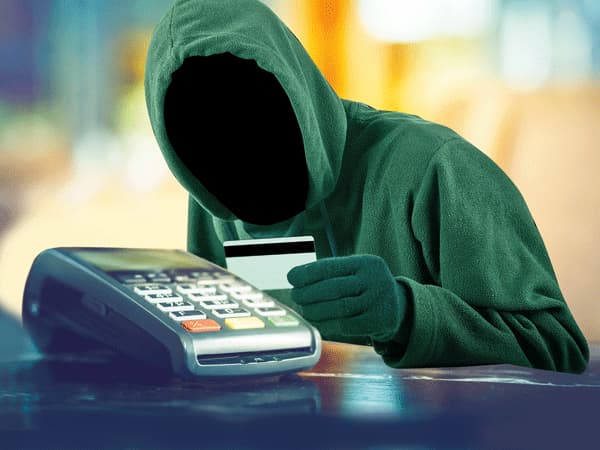
In What Places Does Fraud Occur?
To con people and place skimming devices, con artists employ a variety of techniques and settings. Sadly, it can be challenging to determine when a con artist has installed a phony card reader or skimming gadget. Scamming is more prevalent in a few locations, though.
Non-bank ATMs
Skimming devices are frequently installed by thieves on ATMs that are not connected to or associated with financial institutions. For instance, because they are not as closely supervised as ATMs at banks, those found in convenience stores, hotel lobbies, or other public places are more likely to be compromised.
If at all possible, use an ATM that is housed in a bank or is otherwise connected to one because these will be more securely protected.
Gas Stations
Gas stations are another location that thieves like to set up card skimmers, as we mentioned above. Before using the card reader, visually inspect it. Use a different pump and let the attendant know if anything seems out of the ordinary or if the card reader wobbles or moves when you touch it. In order to reduce the likelihood of tampering with the card reader, you can also pay inside.
Mobile Vendors
Mobile vendors may pretend to be street vendors accepting your credit card for payment while secretly running it through a skimming machine. It can be challenging to determine whether a merchant is using your debit card information fraudulently or legitimately because they frequently employ a variety of different card processing devices.
Restaurants
Restaurants pose a risk because, in most cases, someone else swipes your card on your behalf, making it impossible for you to verify whether they are using a real card reader or not. Servers can be hired by thieves in exchange for money to steal debit card information from customers. It is preferable to use your credit card at a restaurant rather than a debit card because of the fraud protection it offers.
Choosing “credit” Vs “debit” When Using A Debit Card
You can choose to pay with “credit” at businesses that accept your debit card if it bears the logo of a credit network. The transaction isn’t technically a credit purchase because you don’t have time to pay and the money will be taken out of your bank account quickly. Additionally, it won’t help you build credit because it simply goes through the credit network linked to your card.
Credit transactions may come with card benefits like zero liability for fraudulent purchases or reward programs, in contrast to debit transactions that are immediately deducted from your bank account. Credit transactions can also take days to clear your account. Furthermore, if the merchant’s card reader has been compromised, processing the transaction as credit rather than debit and entering your PIN will stop thieves from having direct access to your bank account.
How Should I Respond If I’m Conned?
Call your card issuer right away to cancel your card and request a replacement with a different card number if you think your card information has been stolen. Thankfully, numerous banks and credit card providers have systems in place to deal with fraud and scam-related incidents.
Follow your bank account on a regular basis. Contact your financial institution to request a freeze on your account if you notice any unusual purchases or charges. Try to review transactions as often as you can if you have a web-based account that you can access whenever you want.
Check your credit report frequently in addition to checking your bank account for any unusually high credit balances or new accounts. You can also monitor your credit score for hard credit checks, which show someone is attempting to use your information to open a new account or loan.
Conclusion
Swiping a payment card with a magnetic strip is less secure than inserting a payment card with a chip. You also have more protection when using a credit card or when processing a debit card transaction as credit rather than debit.
Many thanks for reading.
